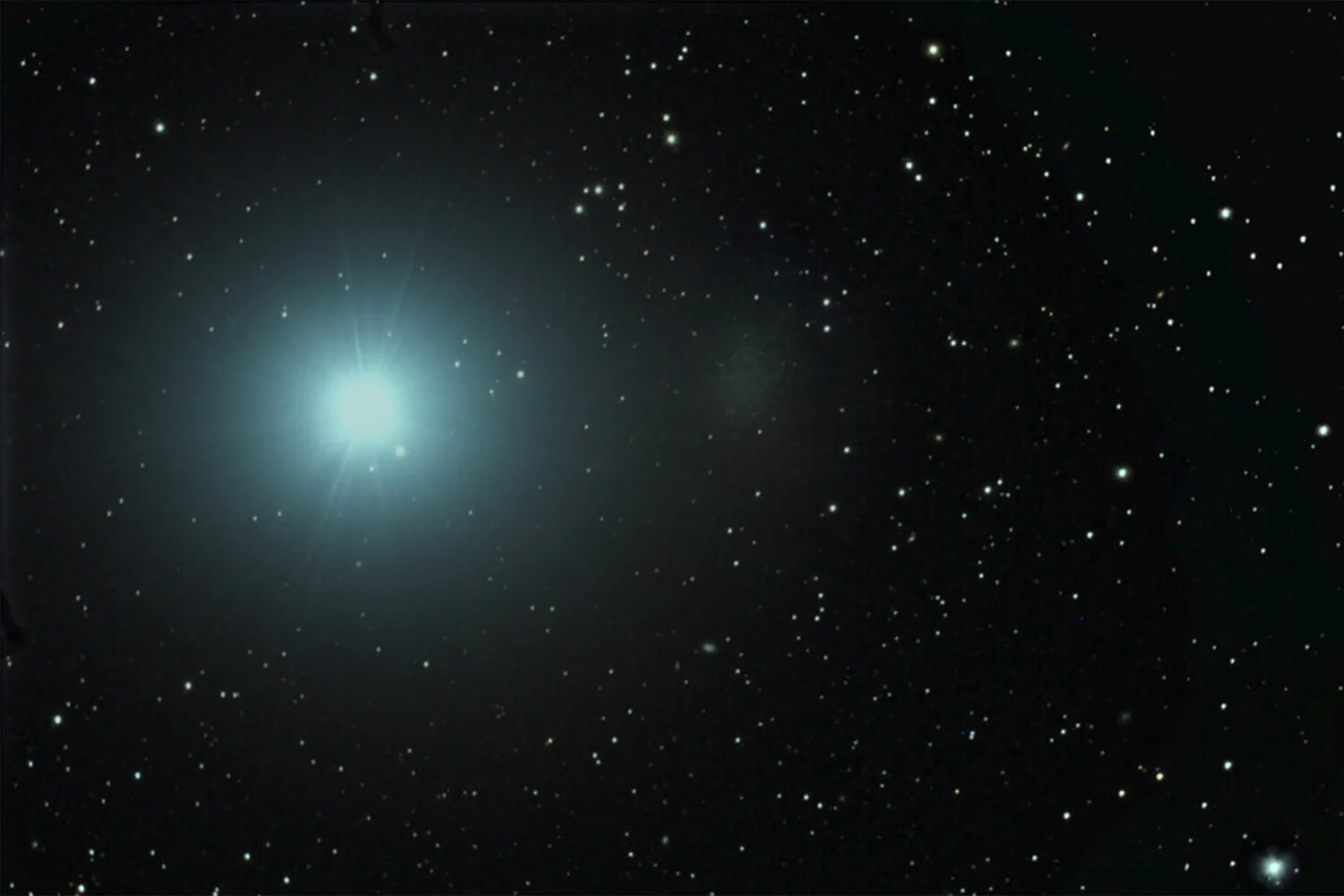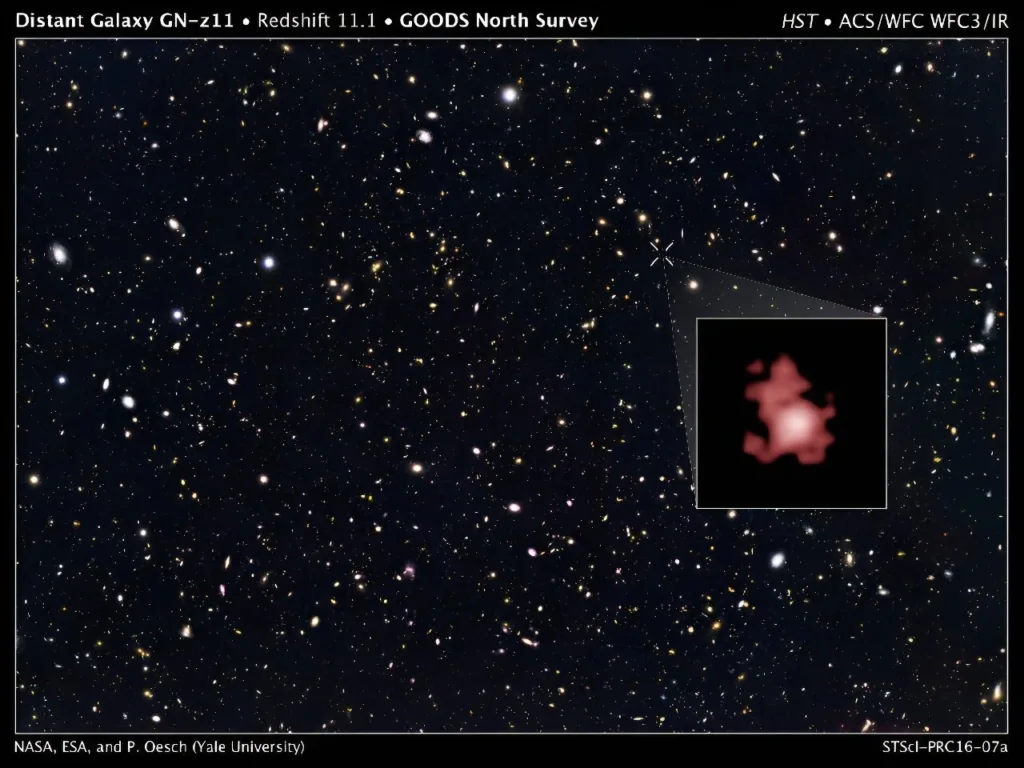Scientists discovered the oldest black hole
- January 21, 2024
- 0
An international team of scientists using the James Webb Space Telescope (JWST) has discovered a black hole that has existed for more than 13 billion years and emerged
An international team of scientists using the James Webb Space Telescope (JWST) has discovered a black hole that has existed for more than 13 billion years and emerged

An international team of scientists using the James Webb Space Telescope (JWST) has discovered a black hole that has existed for more than 13 billion years and emerged only 400 million years after the Big Bang. The discovery, published in the journal Nature, caused surprise and was widely appreciated by the scientific community.
This black hole is millions of times more massive than our Sun and challenges accepted ideas about the formation and evolution of black holes. The current theory is that supermassive black holes at the centers of galaxies, including our Milky Way, reach their mass over billions of years. However, the detected black hole shows that there are alternative mechanisms that may play an important role in their formation, such as “rising big” or intense absorption of matter.

Professor Roberto Maiolino, lead author of the study, said: “We discovered this massive black hole at an early stage of the universe, which will likely require revision of previous theories. The first galaxies had plenty of gas to provide food for black holes at such an early stage.”
One of the most important details of the discovery is that the black hole is located in the GN-z11 galaxy, 13.4 billion light years away from Earth. Observing a black hole from such a long distance allows researchers to peer into the universe’s past.
Scientists also note a process of accumulation of active matter that occurs around the black hole in GN-z11 at a higher level compared to later black holes. “We are seeing much denser absorption of matter than is typically seen in the late universe,” says Maiolino.
The JWST telescope played an important role in this discovery. It is the most powerful space telescope in history, launched in December 2021, and has unique capabilities in infrared astronomy. JWST opens new perspectives for studying the universe and may shed light on older black holes. Scientists hope that further observations using JWST will help better understand various mechanisms, including the initial states and growth rates of black holes.
The results of the research show that the structure of the universe in the early stages was much more complex and diverse than expected. The discovery of this black hole in the galaxy GN-z11 is only the beginning of a groundbreaking journey towards understanding the processes that lead to the formation and evolution of black holes.
Source: Port Altele
As an experienced journalist and author, Mary has been reporting on the latest news and trends for over 5 years. With a passion for uncovering the stories behind the headlines, Mary has earned a reputation as a trusted voice in the world of journalism. Her writing style is insightful, engaging and thought-provoking, as she takes a deep dive into the most pressing issues of our time.